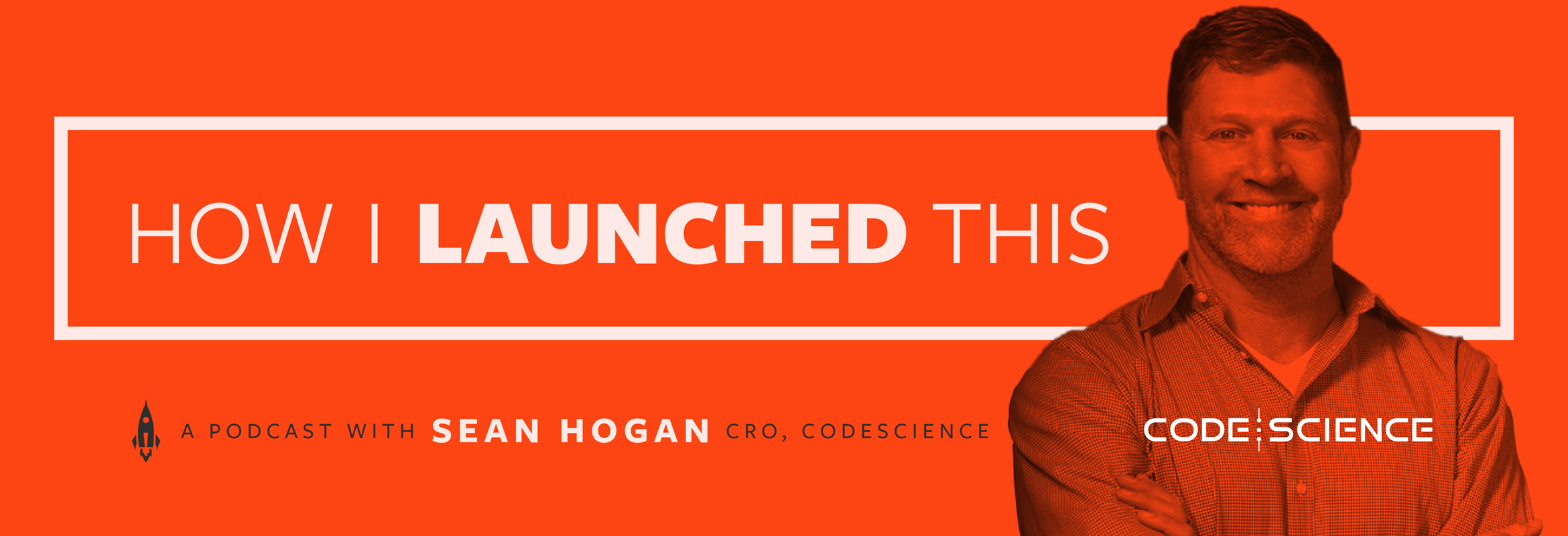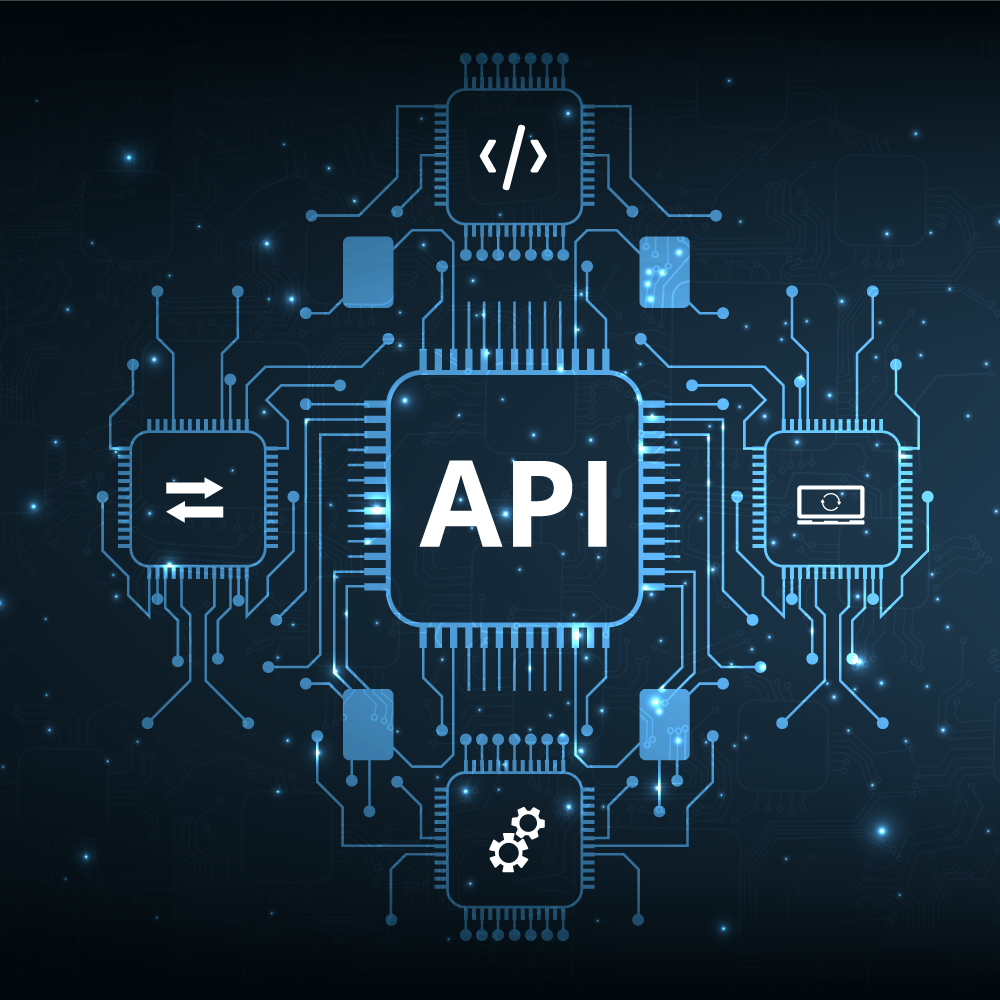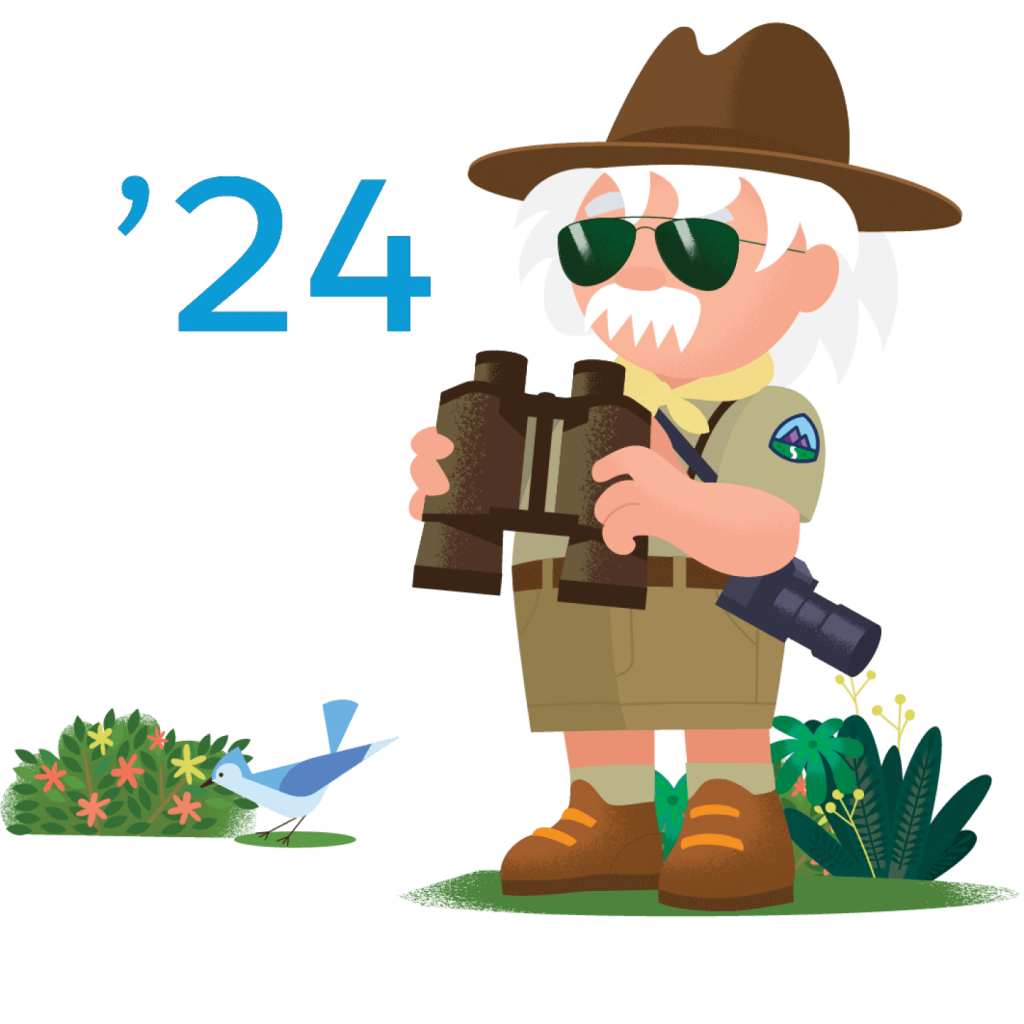
Last week we introduced a brand new podcast series: “How I Launched This,” hosted by CodeScience Chief Revenue Officer, Sean Hogan. In each episode, Sean talks with founders, CEOs, and product & sales leaders sharing the inside stories behind the big bets, epic product launches, and strategic pivots that helped make the Salesforce AppExchange the powerhouse success it is today.
Here are our top five quotable moments (lightly edited for clarity) from Episode 2, “The Birth of the AppExchange,” with our guest, Jim Steele, President of Global Strategic Customers at Salesforce. Jim was, to quote Hamilton, “in the room where it happened” — the pivotal meeting in 2005 that ultimately led to the creation of the AppExchange. In this episode, Jim tells the incredible story of that meeting and walks us through the very early beginnings of how and why the AppExchange came to be.
1. Jim shares the shocking moment when Marc Benioff said “no” to a huge deal with Merrill Lynch:
They got to the point where they said, “Okay, fine. We love your application. The business team loves the application. We’re ready to make a decision, but we have one request that will be the difference maker. If you allow us to buy your software on-premise and run it ourselves, we will write you a check for tens of millions of dollars.” And me, as the sales guy, I was jumping out of my seat. I wanted to say, “Yes, I’ll take the business.”
And Marc started shaking his head and he said, “I’m sorry. We cannot do that. That is against everything we stand for. We are all about one-to-many. And if we give you our software, we will be like every other software company where we’re basically selling you the roadmap, telling you all the things that we’re going to do in the future and never satisfying you. We’ll create a high expectation and will under-perform, under-deliver. And you’ll never be happy. So no, I’m not going to do that.” They couldn’t believe that Marc was saying no to this giant check. And I couldn’t believe it.
2. As Merrill Lynch is packing up to go, a quick-thinking Marc proposes a solution that becomes a pivotal moment:
Marc said, “I have an idea. We can open up our APIs. We can give you the access to the code that our developers are working on. We’ll give you access to our developers and we’ll let you basically build all the customizations, build anything on our platform that we could do ourselves, but we’ll keep that separate so that it doesn’t affect the overall instance of Salesforce.” And the customer said, “Well, how does that work?” And Marc said, “Well[…] look, we customize the code all the time, but when we’re ready to put it into production, we take it from our sandbox to production. Every customer in the world gets it instantaneously. We can do this, so we can basically ring fence the coding that you do.” And let me tell you, there’s a glimmer of hope here because the customer, they sat up and said, “Well, tell me more about that.”
3. Jim explains how the proposal Marc offered to Merrill Lynch ultimately led to the AppExchange:
It took about, I would say somewhere between four to six months from the time we had that meeting to the time that we got them comfortable, that this is something that would actually work. It would give them the best of all worlds. It would give them the one-to-many approach that Salesforce was so good at that when we make changes and improvements in the application, which we do three times a year with security features and new functionality and better performance, they would get the advantage of all that. But at the same time, they’d be able to customize the code, to be the Merrill Lynch version for their financial advisors. And that became AppExchange as we know it today.
4. Jim shares the importance of staying true to your vision rather than chase bad revenue:
So of course, when you hire these enterprise sales reps, they come in, they want to become famous. They want to get their names in lights and have these big, incredible announcements. And so of course we wanted it, we were hungry for it. The sales team were maybe too eager to close the deal. And the patience that Marc showed and just sticking to his original vision of one-to-many, when we were challenged so many times by these big companies to basically change our vision to allow them to bring the software on premise. Well, I’ll tell ya, today you look at that and say, “What a genius move.”
5. Sean summarizes the enormous impact that crucial decision back in 2005 has made on the economy:
Now let’s take a moment to reflect on what’s happened since, […] looking forward, how much energy and new economic life that has been brought into the economy based on that decision. It officially launched in 2006 as a directory, I’m talking about AppExchange, that was 15 years ago. In 2011, it officially became a marketplace, which is 10 years ago. By 2022, which is just next year, the economy around Salesforce and the AppExchange from an ecosystem standpoint, is projected to be about $850 billion. By 2024, it’s going to go over a trillion dollars in revenue generation. That is six times larger than Salesforce itself.
This was a very interesting stat, Jim, there’s over 5 million developers now creating either custom solutions for their employer or working within the broader Salesforce ecosystem. That is an incredible statistic of innovation that was enabled based on that decision by you and Marc back in the day.
Listen to the full episode now!
Companies build their Salesforce businesses better with CodeScience. It is our mission that no ISV navigates Salesforce alone. If you’re looking for guidance on your product, help supporting your customers, or just need to ask an expert, get in touch today!


